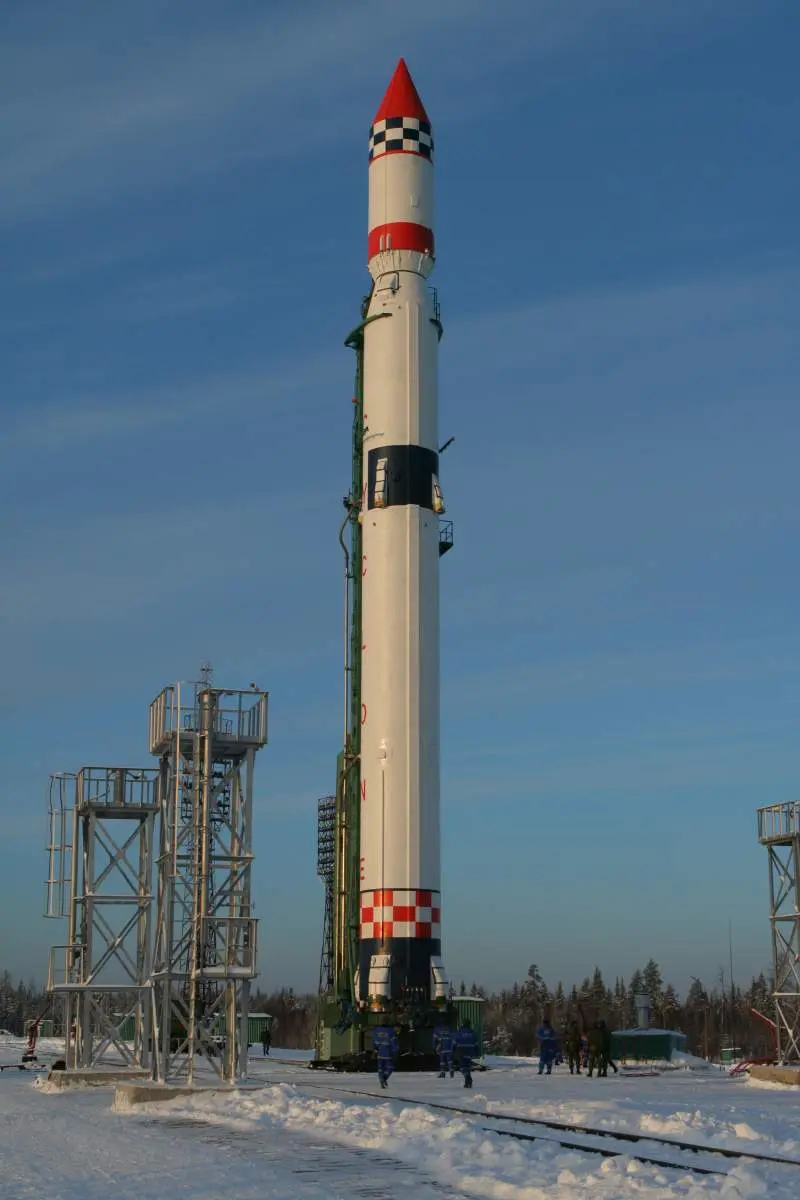Meteor-2 n°21 & Temisat
Launch Success
Liftoff Time (GMT)
04:40:00
Tuesday August 31, 1993
Mission Details
Meteor-2 n°21
Meteor is the Soviet/Russian generic name for its Low-Earth-Orbiting (LEO) meteorological satellite family which started operation in 1969, designed and developed by VNIIEM, Moscow. Prior to this series there was an experimental Cosmos series with the first orbiting meteorological satellite, Cosmos 44, which was launched on August 25, 1964, and was followed by nine analogous Cosmos satellites until 1969, when the succeeding series was officially named Meteor-1. The designations of the series Meteor-1, -2, and -3 define different payload configurations, improved spacecraft platforms, and different orbits. The Meteor-3 series is presently the most advanced payload generation and the operational series. A total of 25 Meteor-1 satellites were launched from 1969 to 1977. The Meteor-2 series came into use in 1975. The Meteor-2 series spacecraft had a launch mass of 1300 kg. The system comprises two to three satellites continuously operating in near polar orbit with an average altitude of 900 km. The on-board instrument package includes three television-type (frame technique) VIS and IR scanners, a five-channel scanning radiometer and a radiometer (RMK) for measuring radiation flux densities in the near-Earth space (see sensor definition of Meteor-3 series).
Low Earth Orbit
1 Payload
1,296 kilograms
Temisat
With Temisat (Telespazio Micro Satellite) Telespazio aimed to develop a two satellite microsatellite system for commercial VHF/UHF remote data collection. The satellite is cubic shaped by 350 × 350 × 350 mm and weighs 42 kg. It generates 65 W maximum power, and is spin stabilized employing two magnetic coils. The integration, tests and launch support was by Kayser-Threde GmbH, Munich Germany. It offers data collection and distribution for autonomous networks and environmental monitoring, and carries relaying instruments to uplink and downlink weather data from the Mediterranean and adjacent areas obtained by about 50 ground stations. It carried a Store and Forward transponder with 2 × 8.5MByte capacity. TEMISAT 1 was expected to operate 3-5 years but failed in the Fall of 1994. Plans called for launch of a second satellite in mid 1995, but was never launched. This satellite was tranferred to the Technical University of Delft as Delfi 0 for educational purposes.
Low Earth Orbit
1 Payload
42 kilograms
Launch Site
Stats
Tsyklon-3
106th
Mission
4th
Mission of 1993
1993
58th
Orbital launch attempt

